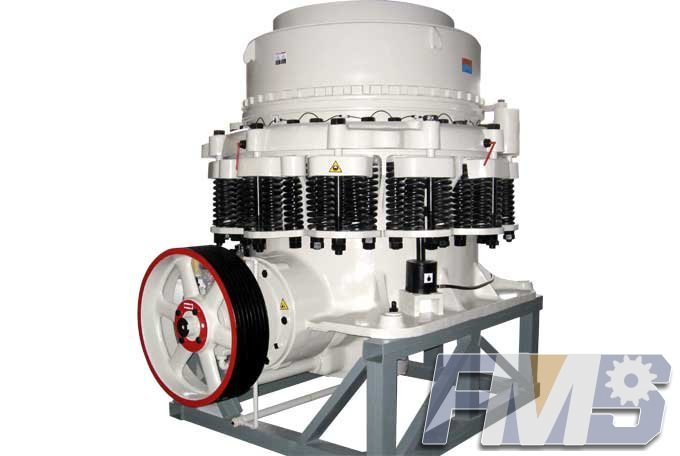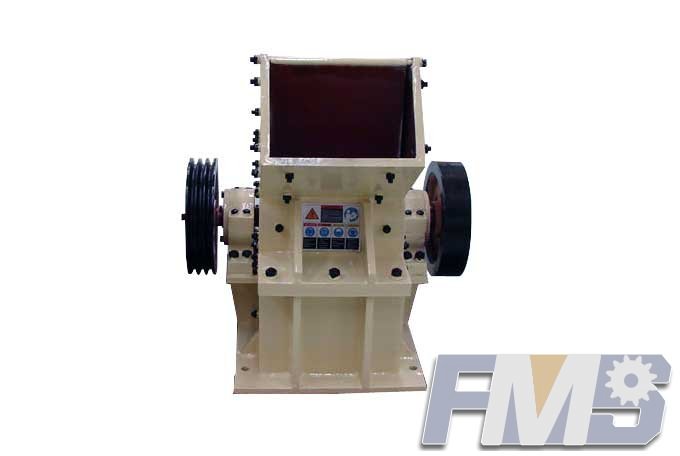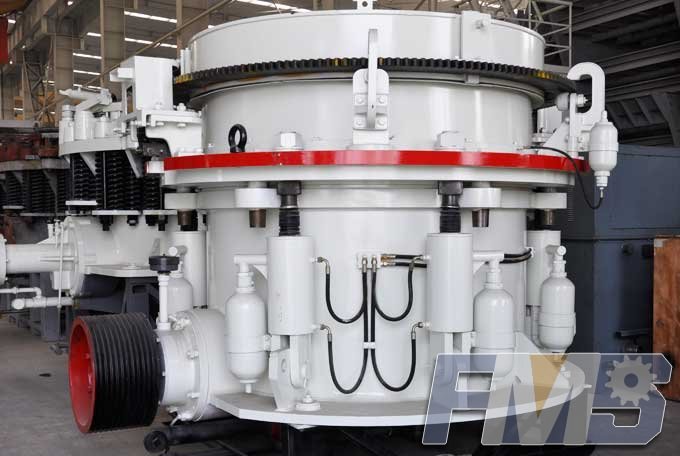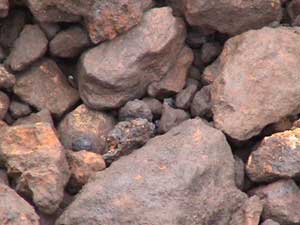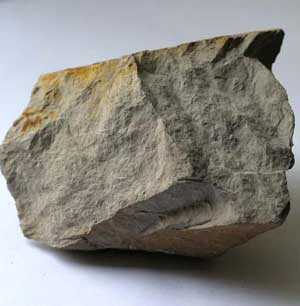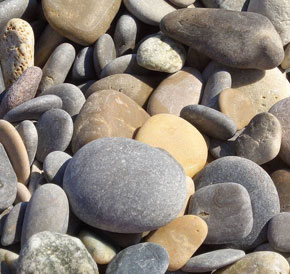Magnetic Separation
Magnetic separation is most commonly used to separate natural magnetic iron ore (magnetite) from a variety of less-magnetic or nonmagnetic material. Today, magnetic separation techniques are used to beneficiate over 90 percent of all domestic iron ore. Between 20 and 35 percent of all the iron units being beneficiated in the United States today are lost to tailings because hematite is only weakly magnetic. According to the Bureau of Mines, techniques used-to-date to try to recover the hematite have proven uneconomic.
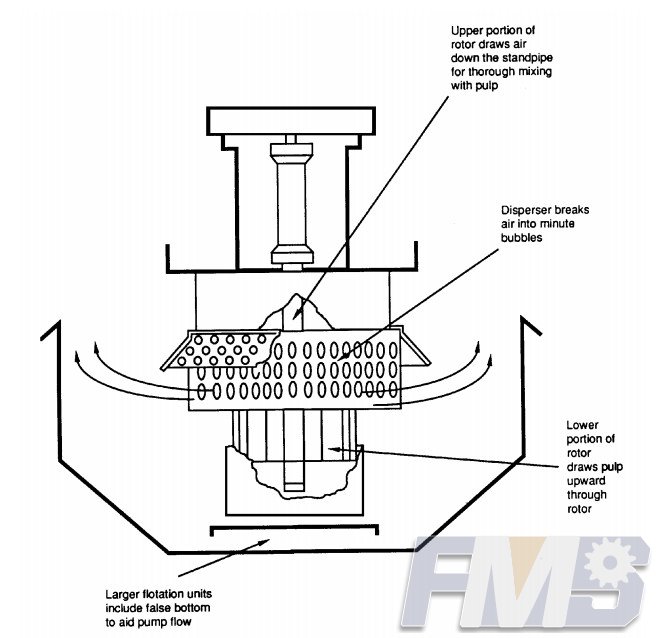
Cross-Section of a Typical Flotation Cell
Magnetic separation may be conducted in either a dry or wet environment, although wet systems are more common. Magnetic separation operations can also be categorized as either low or high intensity. Low intensity separators use magnetic fields between 1,000 and 3,000 gauss. Low intensity techniques are normally used on magnetite ore as an inexpensive and effective separation method. This method is used to capture only highly magnetic material, such as magnetite. High intensity separators employ fields as strong as 20,000 gauss. This method is used to separate weakly magnetic iron minerals, such as hematite, from nonmagnetic or less magnetic gangue material. Other factors important in determining which type of magnetic separator system is used include particle size and the solids content of the ore slurry feed.
Typically, magnetic separation involves three stages of separation: cobbing, cleaning/roughing, and finishing. Each stage may employ several drums in a series to increase separation efficiency. Each successive stage works on finer particles as a result of the removal of oversized particles in earlier separations. Cobbers work on larger particles (3/8 inch) and reject about 40 percent of the feed as tails. Cleaners or scavengers work on particles in the range of 48 mesh and remove only 10 to 15 percent of the feed as tails. Finally, finishers work on ore particles less than 100 mesh and remove the remaining 5 percent of gangue.
Get Detail Information:
(If you do not want to contact to our online customer service, please fill out the following form, Our client manager will contact you later. We will strictly protect your privacy.)


